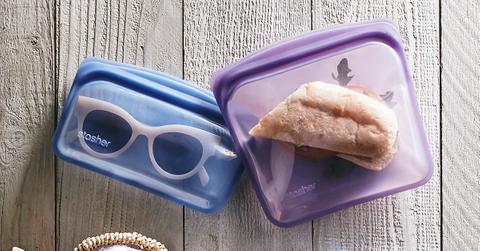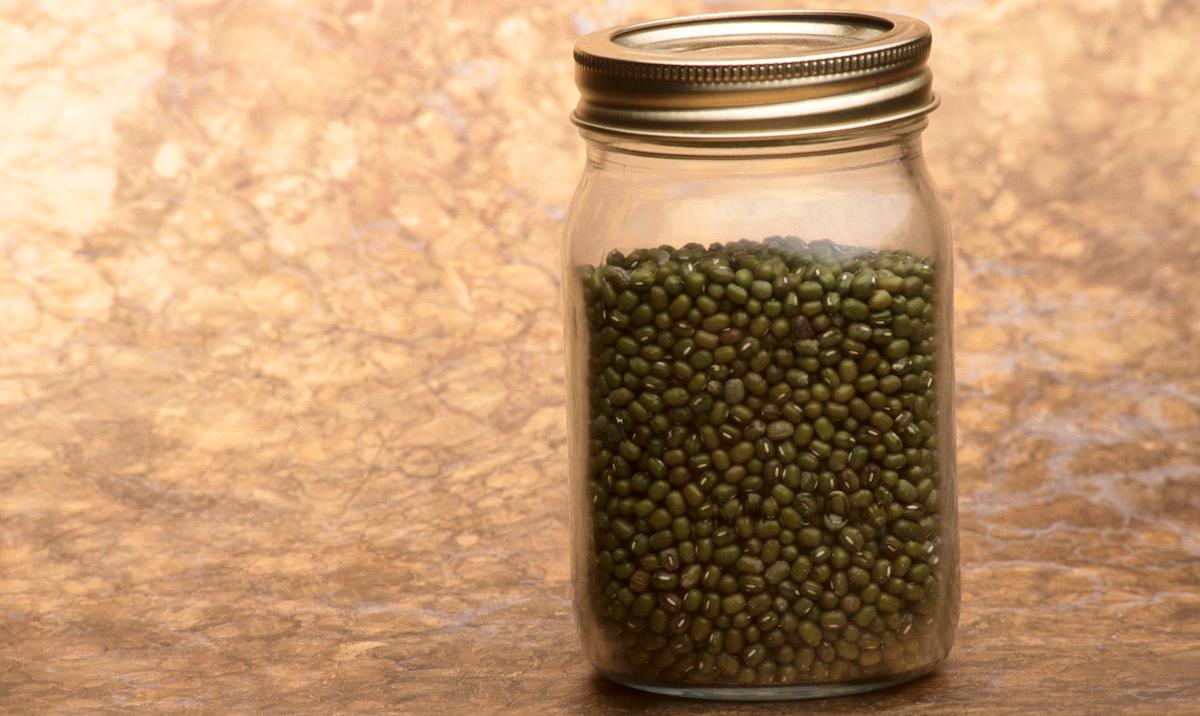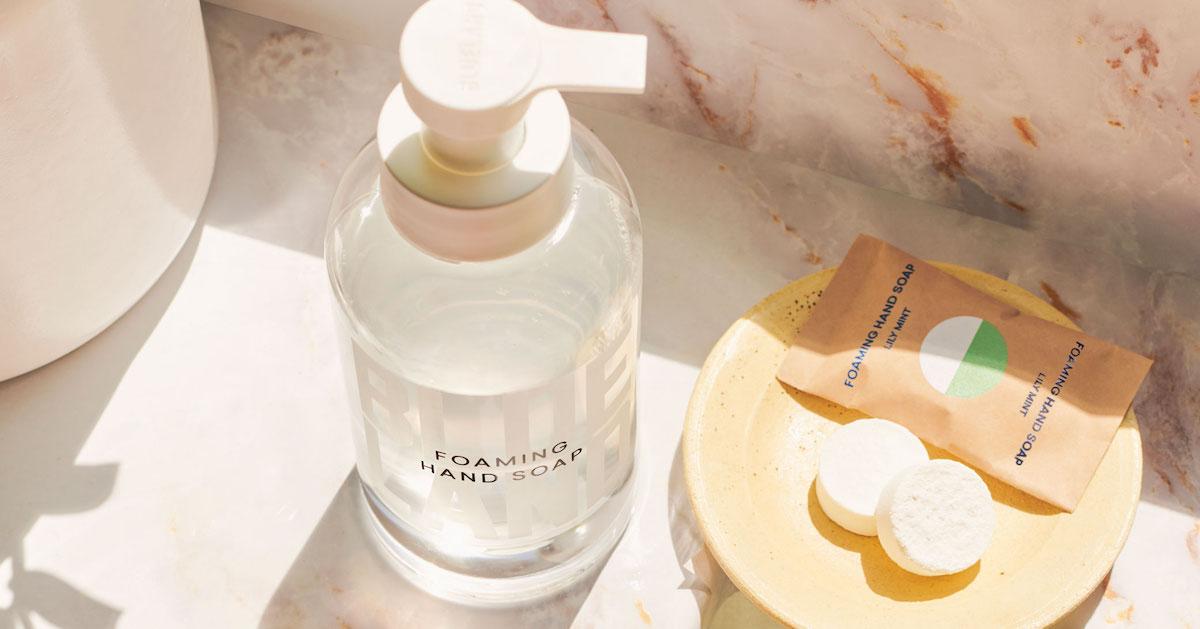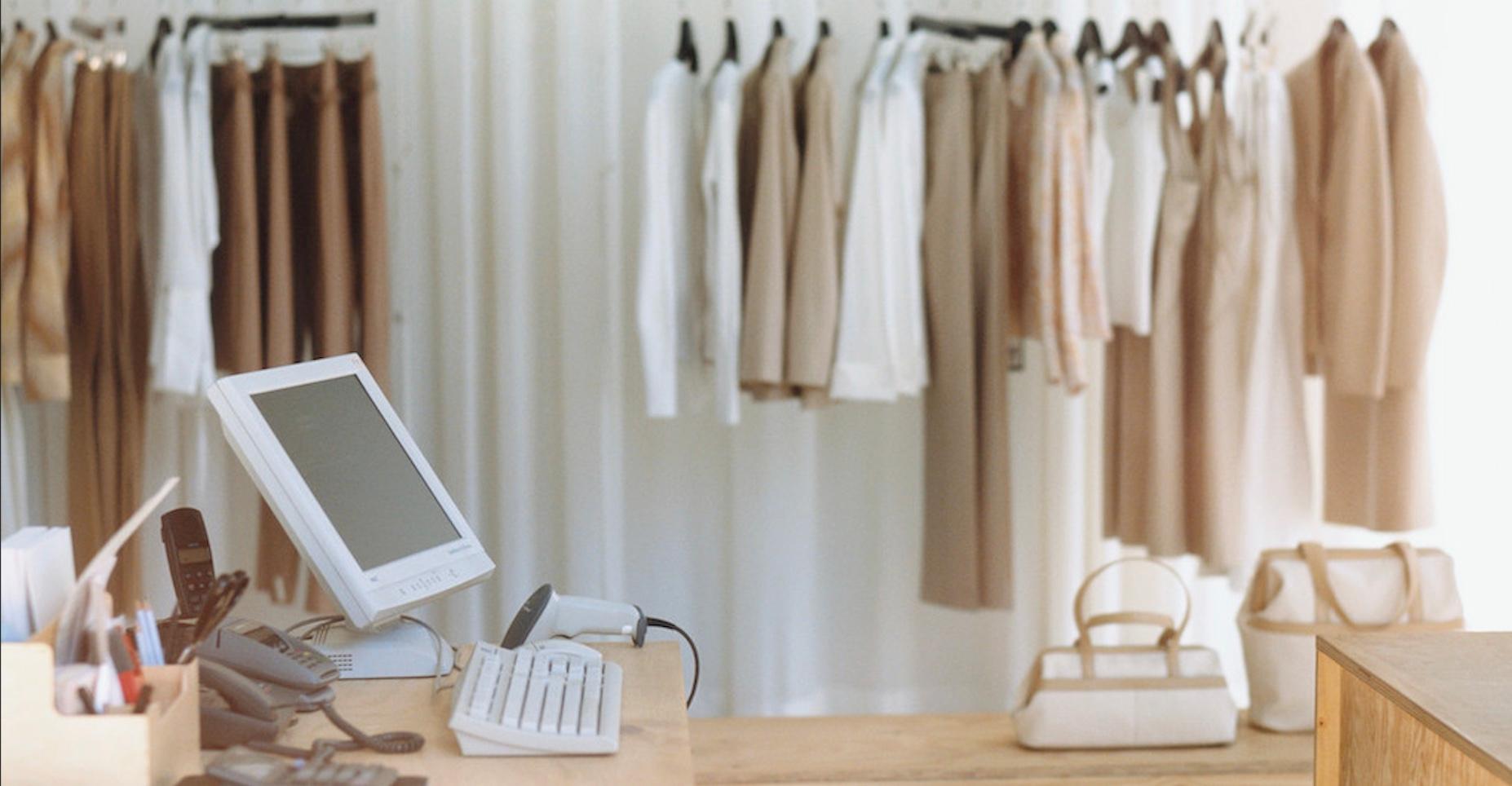Eco-Friendly Alternatives to Plastic, From Food Packaging to Makeup
Published May 17 2022, 5:01 p.m. ET

More and more, people are becoming increasingly aware of just how unsustainable plastic is. While plastic is certainly a necessity in certain applications, such as in the medical industry, there are many arenas where eco-friendly alternatives to plastic exist.
Thanks to engineers and inventors around the world, new innovations that can replace plastic are constantly cropping up. Here’s a look into just a few of them, along with tips on how to use more eco-friendly plastic alternatives in your life!
Eco-friendly alternatives to plastic for food storage, packaging, water bottles, and more

Most food is packaged in plastic — but there are a number of alternatives. On a basic level, in grocery stores, you’ll find a variety of products packaged in cardboard, metal, and glass, which are all more easily recyclable than plastic. For instance, certain companies have started selling beverages in aluminum instead of plastic, like bottled waters, which can be a solid replacement for plastic water bottles in emergency kits, or in locations where tap water is unsafe to drink. You can also choose to buy package-free items when they are available, such as naked produce, or items from the bulk bins.
There are also more innovative ways to package food without using plastic, such as biodegradable and compostable food packaging, which has become a common replacement for plastic takeout containers in restaurants; there are also biodegradable utensils and cups on the market, which can be a better alternative to plastic ones, when reusables are not available. However, if you do not dispose of these items properly (in a compost bin that will be sent to an industrial composting facility), they will still wind up in a landfill, emitting greenhouse gases.
Another innovative packaging option is the mushroom-based, plastic-free packaging made from mushrooms, made by the company Ecovative. This material can be used beyond just food packaging, and can be used to package pretty much anything; it is then compostable at its end of life.
There’s also Desintegra.me, a packaging alternative to plastic that is made from algae, that can biodegrade in just a few months.
And when it comes to packaging up food and leftovers around your house, there’s never a need to use single-use plastic — instead, rely on reusable jars and containers, reusable container lids such as wax food wraps, and reusable Ziploc-style bags, which are perfect for freezing food.
Eco-friendly alternatives to plastic in your home, bathroom, and cleaning routines

When it comes to personal care and home care items, this is one of the easiest areas to avoid plastic, thanks to many innovative, zero-waste products.
There are many brands making plastic-free home cleaning products and refills, packaged in materials like glass, paper, and cardboard; the same goes for zero-waste laundry detergents, which you can find in non-liquid forms, packaged in paper or cardboard instead of plastic.
As for personal care products, we have written roundups of plastic-free products in a variety of categories, including plastic-free shampoos, conditioners, other hair products, mascara, toothpastes, makeup remover, and more.
Eco-friendly alternatives to plastic in fashion and fabrics

There’s a lot more plastic used in the fashion industry than you might realize. For one thing, buttons are almost always made from plastic — if you make clothing, or simply need to replace a missing button, consider using secondhand buttons, or buttons made from wood or vegetable ivory, a unique material made from the seeds of certain palm trees.
More notably, a number of fabrics are sneakily made from plastic, including polyester, nylon, and spandex, as well as faux leather and faux fur. We recommend shopping for natural, animal-free materials when it comes to shopping for clothing and linens, such as cotton, bamboo, and linen; there are also a handful of companies making vegan leather from plants instead of plastic. If you do need or want something made from a petroleum-derived fabric, try looking for it secondhand.
The above info reflects just a smattering of the eco-friendly plastic alternatives out there — and we can’t wait to see what else innovators come up with in the near future.